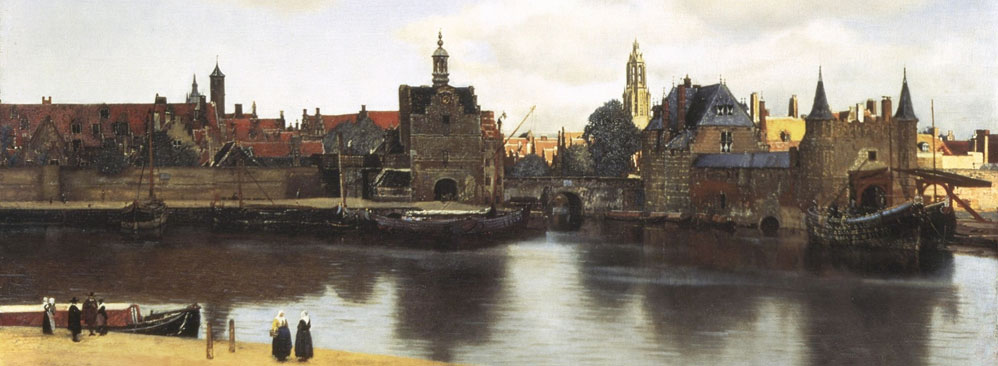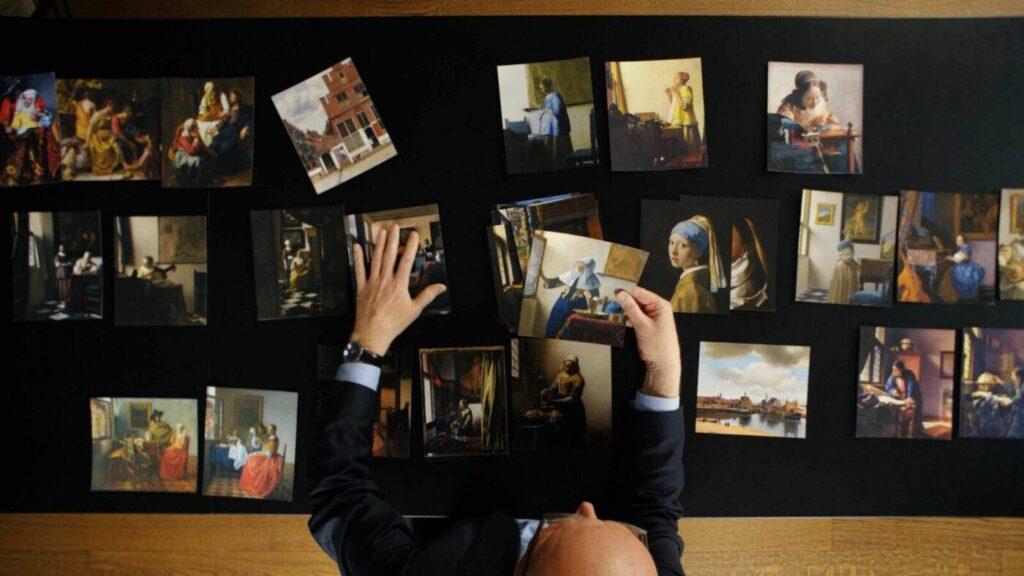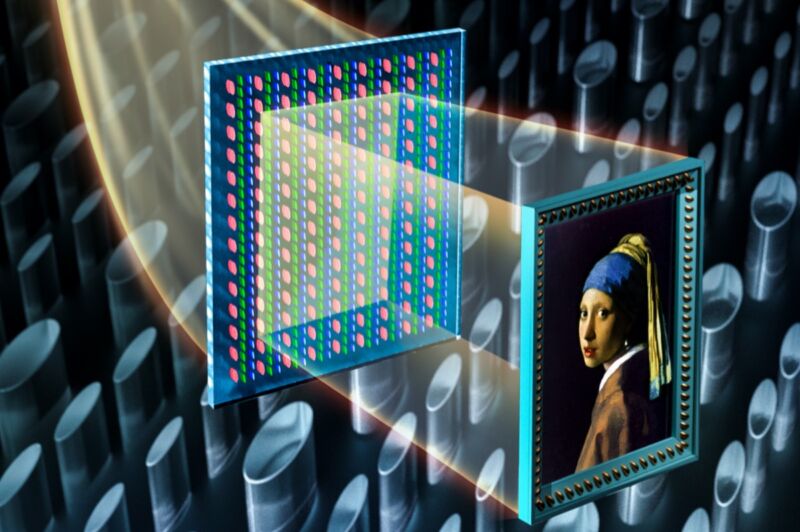‘In plain sight’: how The Hague museum was secret hideout from Nazi forced labour
Mauritshuis exhibition reveals how Dutch men hid in attic to avoid being taken to Germany in second world war

The 13-year-old boy answered the doorbell. “Tell your dad I’m here,” said a man, who stored his bicycle and then disappeared upstairs.
It was 1944, and right under the noses of Nazi command, people were hiding in the attic of The Hague’s Mauritshuis museum from forced labour conscription – Arbeitseinsatz – under which hundreds of thousands of men from the Nazi-occupied Netherlands were conscripted to work in Germany.
The memories of 93-year-old Menno de Groot – a Dutch-Canadian who was that young boy – form an extraordinary part of a book and an exhibition of the secret history of the Dutch museum during the second world war.
“He must have gone all the way to the attic,” De Groot tells his granddaughter Kella Flach in a video for the exhibition, referring to the man who he assumed had arrived to go into hiding. “I don’t know how many were up there. I have no idea how they lived up there, how they got there.”
The chance find of a logbook by De Groot’s father, Mense de Groot, an administrator who from 1942 lived in the Mauritshuis museum with his wife and children, including Menno, inspired researchers to examine the museum’s history.
“People were hiding in November 1944 because of the Arbeitseinsatz, but hiding in the Mauritshuis was hiding in plain sight,” Quentin Buvelot, a researcher and curator, said. “It was a house in the storm.”

Art from the museum, including Johannes Vermeer’s Girl With a Pearl Earring, was first hidden in a bomb-proof bunker underneath the building and later stored in locations around the Netherlands. The German-born museum director Wilhelm Martin played a careful role, allowing the Nazis five propaganda exhibitions while also quietly resisting.
A newly discovered note on Martin’s retirement in 1953 revealed he was involved in supporting people who had gone undercover on Assendelftstraat and in the museum. “Martin doesn’t say how many, but he says that on a daily basis, 36 loaves of bread were delivered … And we also found [an expenses claim] for a first-class carriage to Maastricht, where he went with the Girl With a Pearl Earring under his arm on 11 May 1942,” said Buvelot.
Secret concerts were also held in the museum’s basement between 1942 and 1944, according to Frank van Vree, an author and researcher at the NIOD institute for War, Holocaust and Genocide Studies. “They were held to support musicians who were cornered by their resistance to German measures, especially compulsory membership of the Nazi Kultuurkamer,” he said. “People who refused to become members were out of work.”
Mense de Groot, who was hired to work at the museum when the janitor retired, also worked for the resistance. “He usually got Trouw, an underground newspaper,” Menno de Groot says in the exhibition. “And my dad, he copied them, made more copies. ‘Menno, are you ready? I’ve got 25 here.’ I folded them up small, then I put them under my shirt and went to where people were living and distributed them.”
Life under occupation was a series of difficult choices, according to Eelke Muller, a historian and NIOD specialist in looted art. “There was little knowledge [before this research] about how culture could be a political instrument for resistance from the Netherlands but also a strong ideological instrument for the occupier,” she said. “Every museum, every civil servant in times of war was confronted with huge dilemmas: do you choose principled resistance, enthusiastically get behind Nazi ideas, or are you somewhere in the middle?”
Raymund Schütz, a historian and researcher at The Hague city archives, said while important archives are only partially open due to privacy concerns, oral history still reveals surprising stories. “This was the political centre of the city, the spider in the web of the occupying authorities,” he said. “But sometimes the lion’s den is a good place to hide.”
This article was amended on 13 March 2025 to clarify that under Nazi Germany’s Arbeitseinsatz it was Dutch men who faced forced labour conscription; an earlier version referred more generally to Dutch “citizens”.



